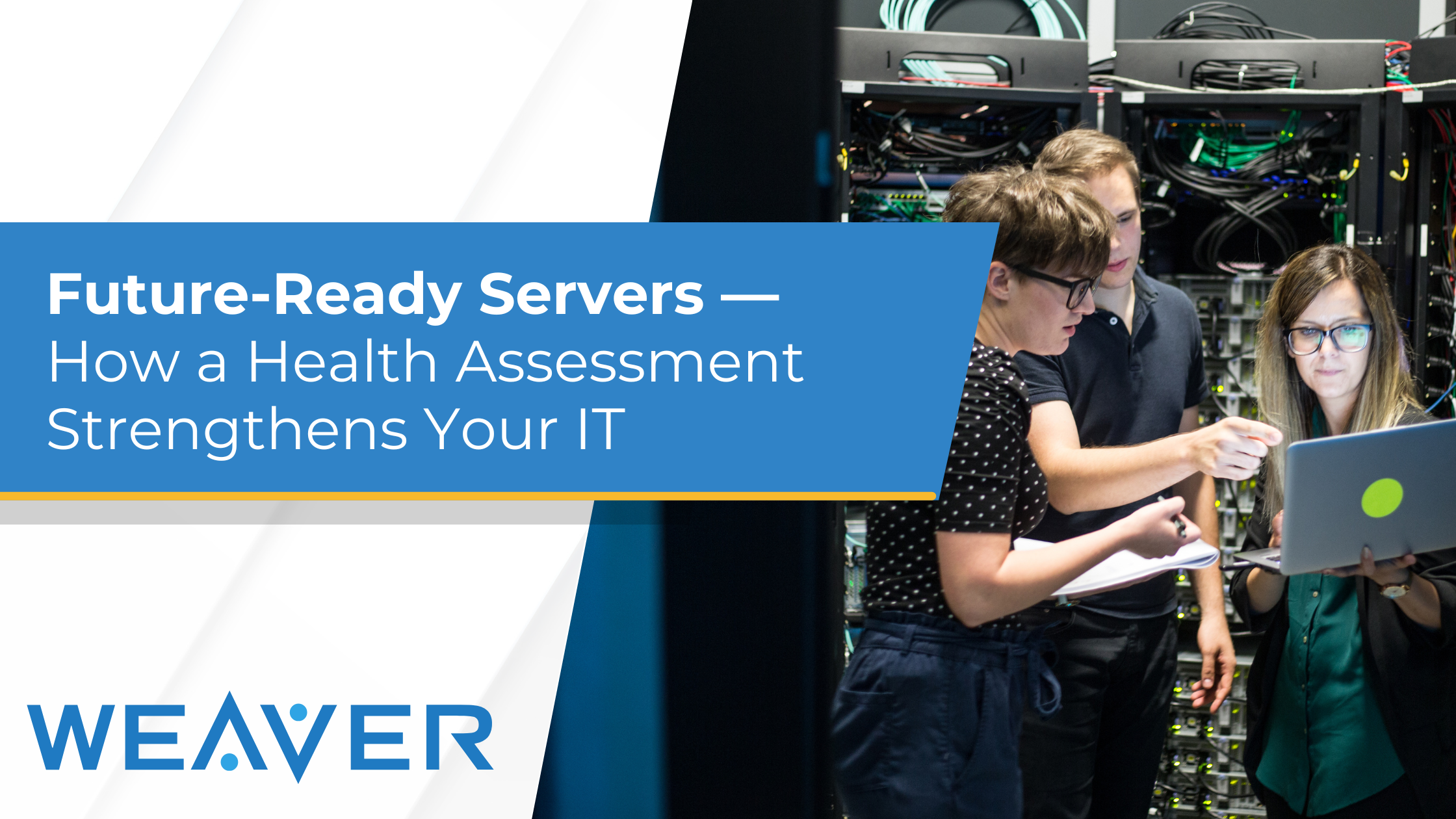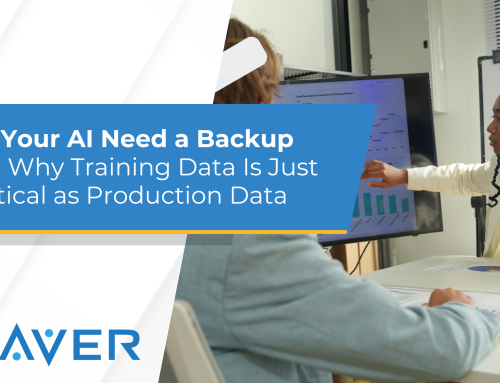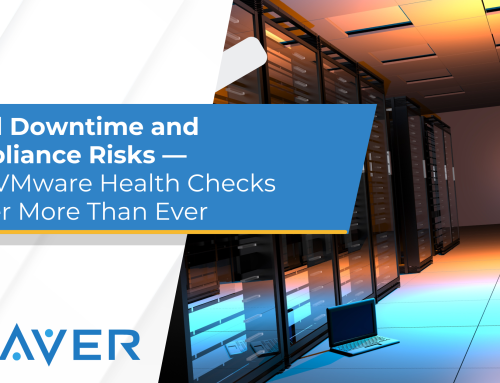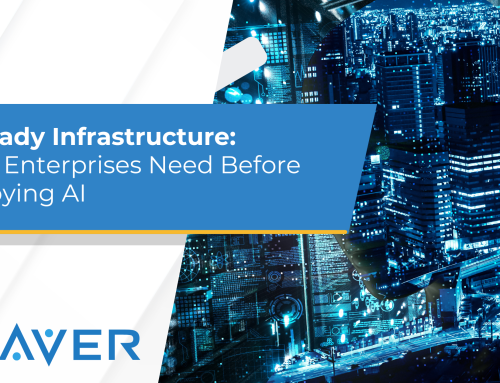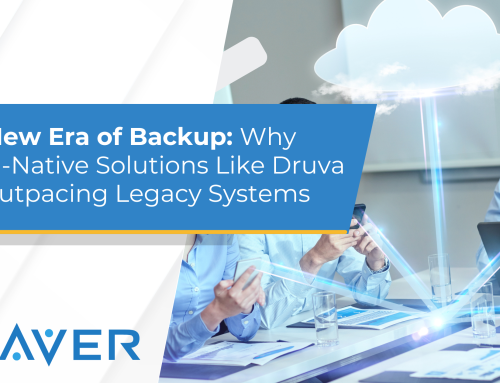As the year winds down, many organizations focus on closing projects and balancing budgets. But this season is also the ideal time to prepare your IT infrastructure for what’s next. By planning server upgrades before year-end, you can walk into 2026 confident that your systems are ready for new workloads, applications, and security challenges.
Outdated or overburdened servers can quickly become a bottleneck, leading to slower performance, downtime risks, and security gaps. A proactive approach now ensures your business begins the new year with reliable systems that can handle whatever comes next.
Why Planning Ahead Matters
Servers sit at the core of every modern business, powering critical applications, data storage, and collaboration tools. Looking ahead, the demands on these systems are only increasing.
In 2026, you’ll likely need faster processing power to support AI-driven analytics, larger datasets, and more complex applications. You’ll need expanded storage to keep pace with growing information and compliance requirements. You’ll need enhanced security to counter advanced cyber threats. And you’ll need greater reliability to keep teams productive and customers satisfied.
The reality is simple: without preparation, older infrastructure will struggle under these pressures, putting performance and trust at risk.
How to Tell If You’re Behind
Year-end is the perfect checkpoint for evaluating your server environment. Watch for indicators like:
-
Applications that lag or crash more often than they should.
-
Operating systems or firmware that are no longer supported.
-
Difficulty scaling your infrastructure for new projects.
-
Gaps in security patching or compliance.
-
Hardware reaching its end-of-life cycle.
If you’re encountering these issues, it’s a strong sign to plan upgrades before the year ends rather than reacting to problems midstream next year.
Strategic Upgrades to Prioritize
A Server Health Assessment gives you a roadmap for what’s most important, but certain upgrades consistently deliver impact:
Hardware Refresh
Adding CPU and memory capacity, replacing older drives with SSDs, and validating virtualization hosts ensures you’re ready for heavier workloads.
Operating System Modernization
Upgrading to a current, supported OS strengthens your security posture and ensures compatibility with the applications you’ll be relying on in 2026.
Firmware & Patch Management
Applying patches and firmware updates now closes vulnerabilities and stabilizes performance, setting a strong foundation for next year.
Storage Expansion
Forecasting growth in data and backups now allows you to add cost-effective storage before it becomes an emergency.
Network Improvements
High-speed connectivity is critical as new standards like Wi-Fi 7 and faster WAN connections become the norm. Ensuring your servers are equipped to handle them prevents bottlenecks later.
The Risk of Delaying
Deferring server upgrades is a short-term saving that often leads to long-term costs. Unexpected failures can bring downtime, data loss, and urgent repair expenses. Security vulnerabilities left unpatched expose your organization to avoidable risks. Even without major failures, performance lags can create hidden inefficiencies that drag on productivity across every department.
By acting before the year ends, you gain stability, control, and confidence that your systems are ready to meet the demands of a new year.
How Weaver Technologies Supports Your Planning
At Weaver Technologies, we help organizations take a proactive approach to server readiness. Our certified experts evaluate your hardware, operating systems, and configurations, then identify performance and security gaps. From there, we create a clear upgrade plan aligned with your goals — and help implement it with minimal disruption.
It’s not just about fixing issues today — it’s about ensuring your infrastructure is scalable, secure, and efficient for the year ahead.
Be Ready for 2026
Don’t wait until issues force your hand. By preparing your servers now, you start the new year with confidence, knowing your infrastructure can handle the demands of tomorrow.

